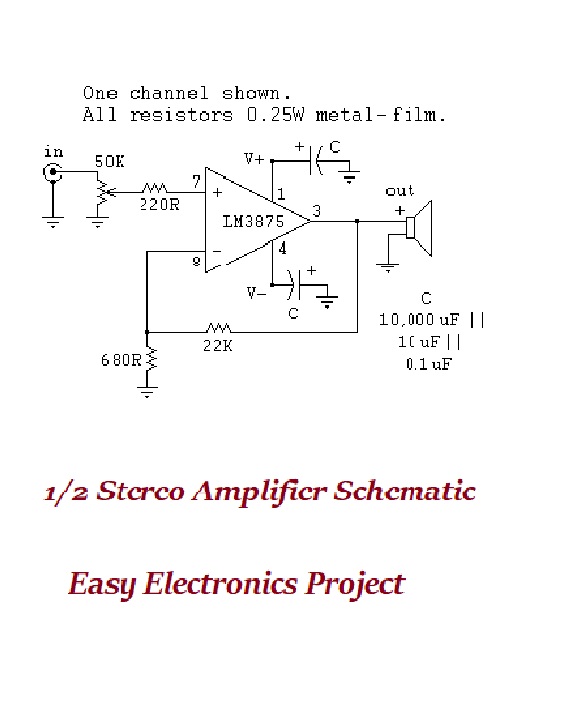Electronics Posts
Very Basic Electronics Concepts What are Valence Electrons Using Ohms Law Series, Parallel and Series/Parallel circuit resistance configuration types Kirchhoff’s-voltage-law,current-law, Thevenin’s theorem How to apply Thevenin’s Theorem Physical Resistors Resistor Color code and SMD code Specialty Resistors More terminology definitions and information regarding resistors Both theoretical and practical Capacitance The P N Junction PN junctions […]
Continue Reading

















